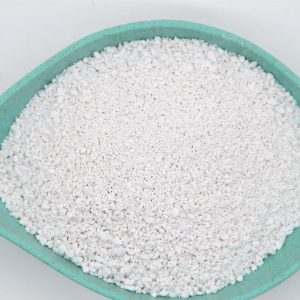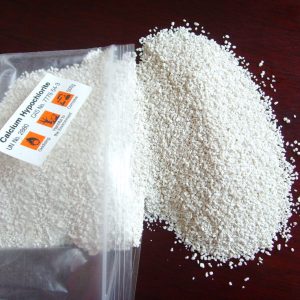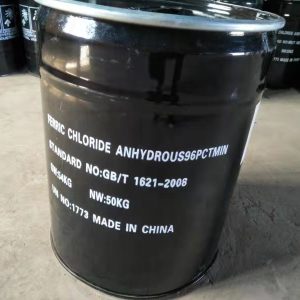Description
Hydrated Lime 90%: Understanding Its Power and Applications
The Importance of Purity: Exploring Hydrated Lime 90%
Hydrated Lime 90%: A Versatile Chemical for Diverse Industries
Decoding Hydrated Lime 90%: Properties, Uses, and Benefits
Article (Using Title: Hydrated Lime 90%: Understanding Its Power and Applications)
Hydrated lime, also known as calcium hydroxide [Ca(OH)₂], is a widely used chemical compound with a fascinating array of applications. When we see the term “Hydrated Lime 90%,” it signifies a product with a specific concentration of calcium hydroxide, implying a high level of purity crucial for various tasks. But what exactly is hydrated lime, and why does that 90% concentration matter? Let’s delve into its properties, uses, and significance.
What is Hydrated Lime?
Hydrated lime is produced through a simple yet vital chemical process. It begins with quicklime (calcium oxide, CaO), a compound created by heating limestone. When quicklime is carefully mixed with water (a process called slaking), it undergoes a chemical reaction that produces calcium hydroxide, or hydrated lime. This powdery, white substance has unique properties that make it invaluable across numerous industries.
The Significance of 90% Concentration
The “90%” in “Hydrated Lime 90%” is critical. It indicates that 90% of the product’s mass is composed of calcium hydroxide, while the remaining 10% typically consists of impurities, moisture, or other inert materials. This level of purity is often demanded in applications where predictable reactivity and effectiveness are crucial. A higher concentration of calcium hydroxide generally translates to:
Greater Reactivity: More calcium hydroxide means a more potent reaction in processes like water treatment or neutralization.
Consistency: A higher purity ensures consistent performance from batch to batch, leading to more reliable outcomes.
Reduced Impurities: Fewer impurities minimize the risk of unwanted side effects in sensitive applications.
Cost-Effectiveness: While potentially more expensive initially, higher purity hydrated lime can be more cost-effective in the long run because less material is needed to achieve the desired effect.
Key Applications of Hydrated Lime 90%
Hydrated lime 90% finds its way into a surprisingly diverse range of applications:
Water Treatment: One of its most prominent uses is in water treatment plants. Hydrated lime helps to raise the pH of acidic water, making it safe for consumption and distribution. It’s also used in the softening process to remove excess calcium and magnesium, which can cause scaling and other issues.
Agriculture: Used to neutralize acidic soil, increasing its fertility and making it more suitable for growing a wider range of crops. It’s also used to create Bordeaux mixture, a fungicide used in organic farming practices.
Construction: Hydrated lime is an essential ingredient in mortar and plaster. It improves the workability of these materials and helps them to set properly and strengthen over time.
Industrial Processes: It plays a vital role in various chemical and industrial processes, such as flue gas desulfurization (removing sulfur dioxide from emissions), leather tanning, and the production of certain chemicals.
Environmental Remediation: Hydrated lime helps stabilize and neutralize harmful substances, an important aspect of environmental protection efforts.
Food Industry: In the food sector, it’s used as a food additive, acidity regulator and preservative.
Considerations When Using Hydrated Lime 90%
While versatile, hydrated lime requires careful handling. It is alkaline and can cause skin and eye irritation so proper personal protective equipment (PPE) should be worn during use. Always refer to the product’s Material Safety Data Sheet (MSDS) for specific handling and safety instructions.
Conclusion
Hydrated Lime 90% is a powerful and versatile chemical compound, prized for its high purity and reliable performance. Its broad range of applications across diverse sectors makes it a vital material in modern society. From ensuring clean water to creating stable buildings and facilitating agricultural production, hydrated lime plays an indispensable role in our everyday lives. Understanding its properties, particularly the significance of that 90% concentration, allows us to use it safely and effectively in a variety of applications.
Further Points to Consider Expanding Upon:
Specific examples within each application (e.g., types of soil for agriculture, specific pollutants neutralized in environmental remediation).
Comparison with other forms of lime (quicklime, dolomitic lime)
Storage recommendations
Future trends in hydrated lime use.
This is a good starting point for an informative article. Let me know if you would like to focus on any of the areas in more detail or expand upon a specific application.












Reviews
There are no reviews yet.